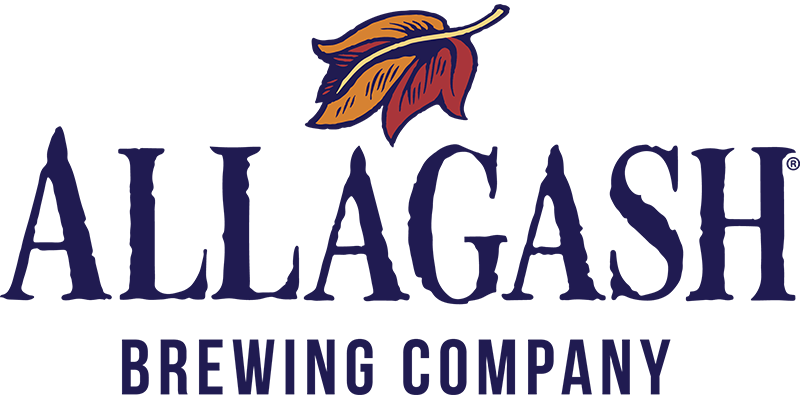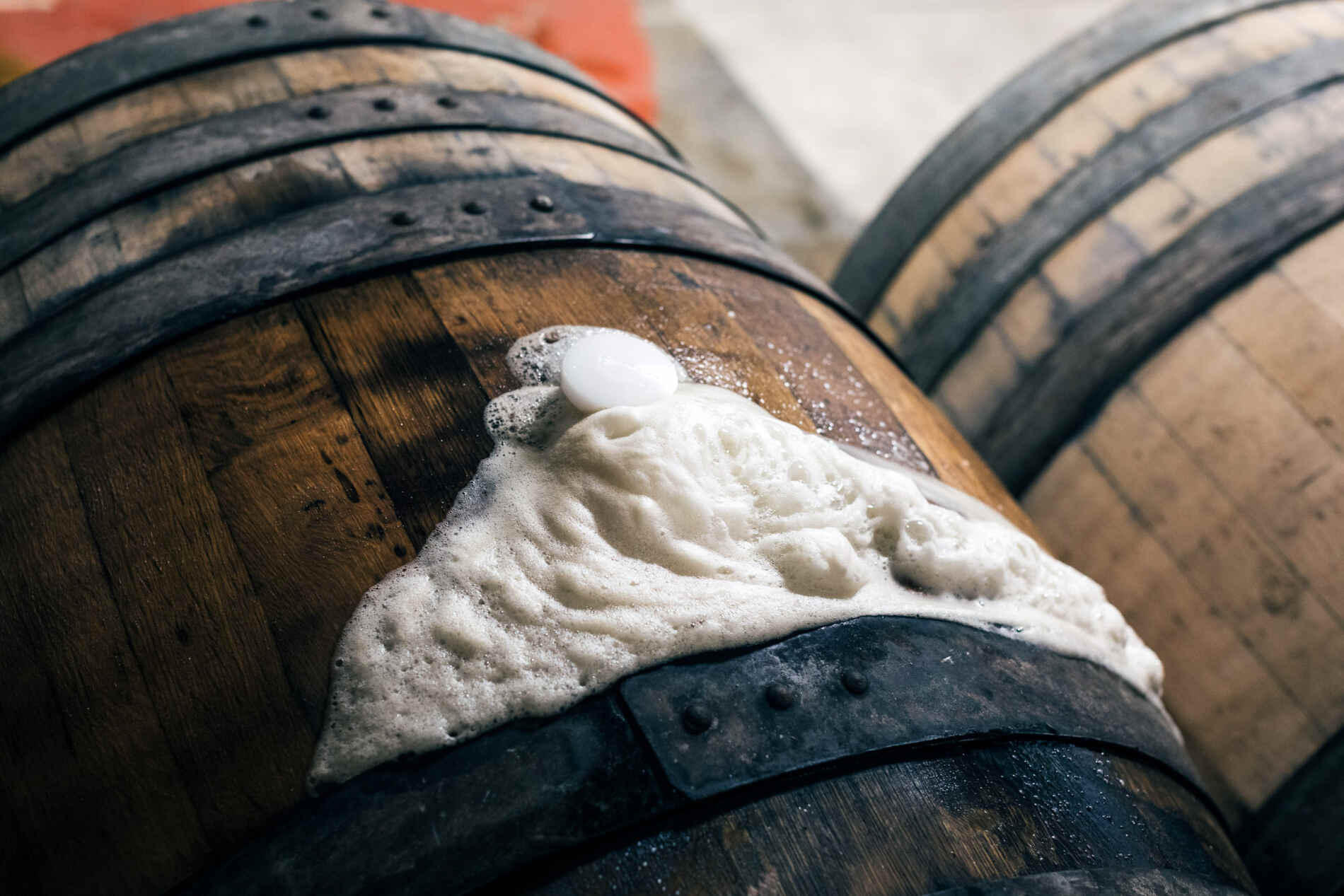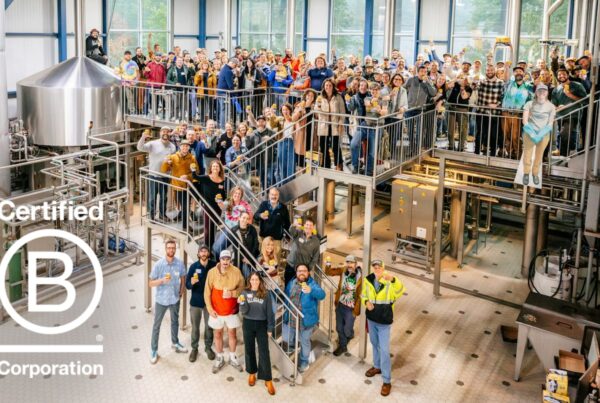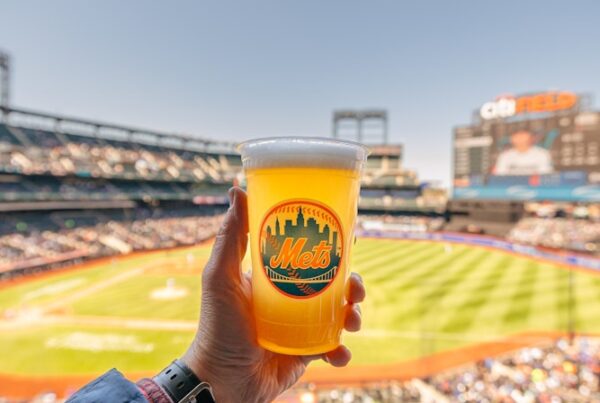You may have heard your fellow beer drinkers buzz about “spontaneously fermented” beers. So what exactly is a spontaneously fermented beer and how is it different from the more common beer styles found in bars and stores across the country?
Beer is fermented
Any alcoholic beverage that you may have had the pleasure of sipping has gone through the process of fermentation. Fermentation is, in essence, how yeast cultures break down sugar and release bi-products like ethyl alcohol, carbon dioxide, and various flavors and aromas. In brewing, fermentation is how wort (or unfinished beer, made with water, grains, and hops) becomes a pleasantly palatable beverage.
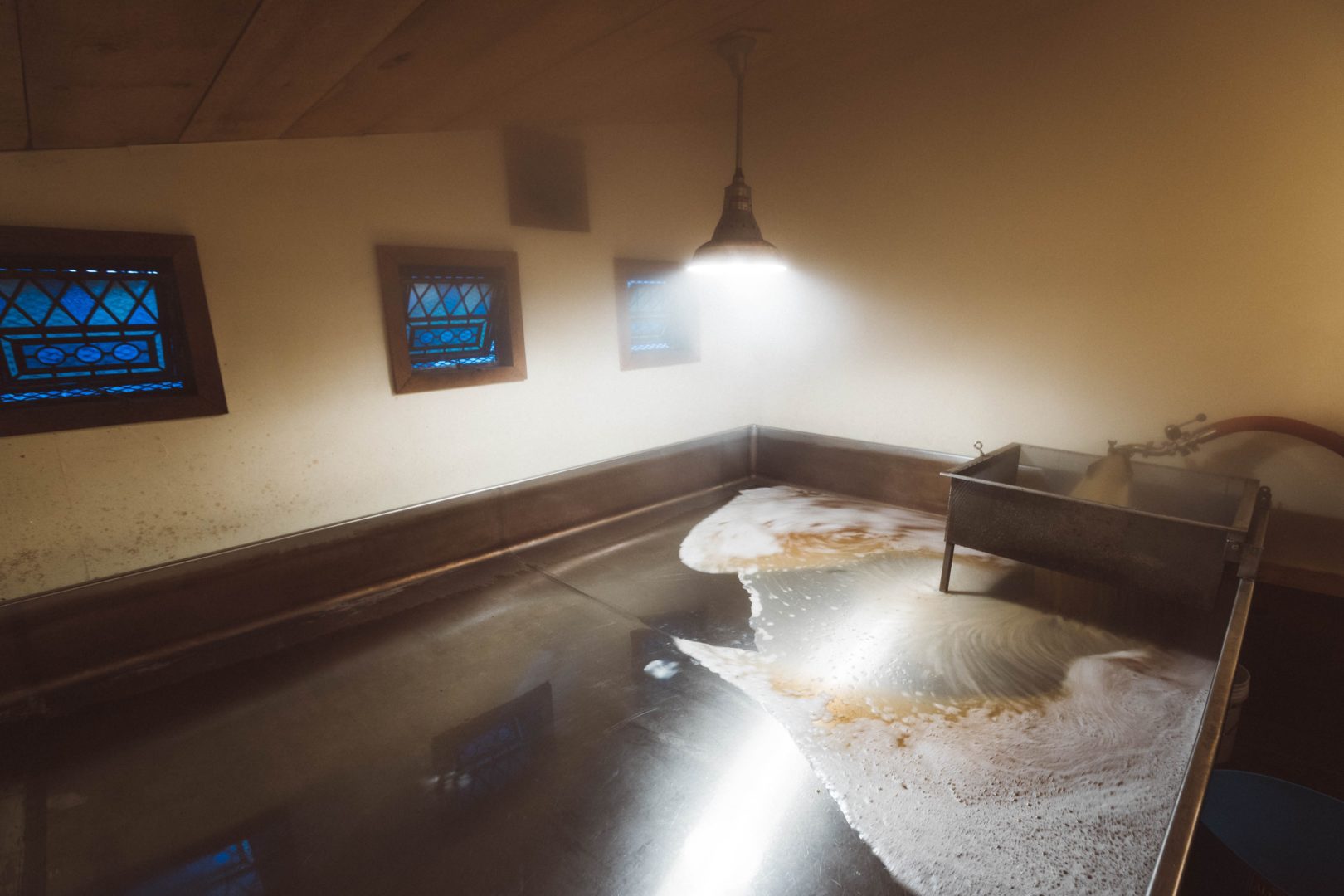
Filling the Allagash Brewing Company coolship with soon-to-be spontaneously fermented beer.
What makes this fermentation spontaneous?
Spontaneously fermenting a beer, however, is a bit like drawing an outline on a canvas and inviting mother nature to paint within the lines. Rather than selecting a domesticated yeast strain to add to wort in a standard fermentation vessel, the brewer will pump hot wort into a large open pan—referred to as a coolship—and allow the wort to rest for many hours, open to the outside air. Only practiced when the weather is just right (typically in late fall), microbiota that floats freely in the surrounding air—including wild yeast and bacteria—naturally collect on the exposed wort. For parallels outside of brewing, think of this process as similar to the creation of sourdough bread or natural wine.
Back in the coolship, the naturally occurring microbiota then begin to ferment the sugars present in the wort. After that beer is put into barrels, the wild yeast and bacteria will transform the liquid over the course of one to three years. This transformation not only creates alcohol, but also a myriad of unique flavors and aromas. You’ll also hear of spontaneously fermented beer referred to as “wild beer.” Though, and this is where it can get confusing, wild beer doesn’t have to be spontaneously fermented. You can read more about that below.
If it takes so long, why do it?
So why take the time and effort of spontaneously fermenting beer when one can brew a tasty beer more easily and quickly without the use of a coolship? The wild yeast and bacteria drive us to a distinctively delicious experience—one that cannot be mirrored by their cultivated counterparts, i.e. traditional brewer’s yeast. Coveted characteristics of spontaneously fermented beer include a pleasant acidity and tartness, often layered with notes of fruit or citrus as well as a discernible funkiness, all balanced by a beautifully dry mouthfeel.
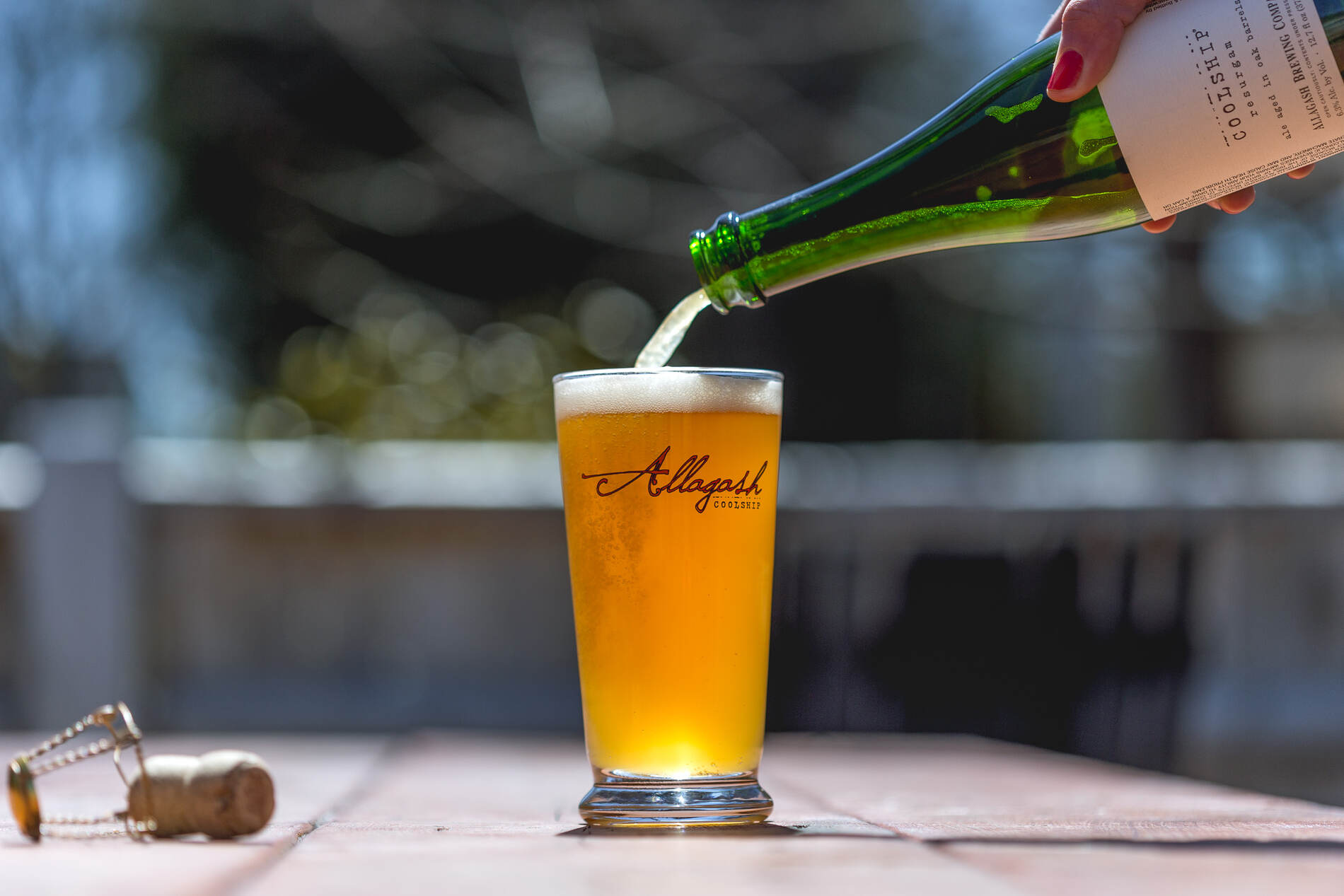
The simple answer for why we brew spontaneously fermented beer? One sip of Coolship Resurgam will tell you. Cheers!
